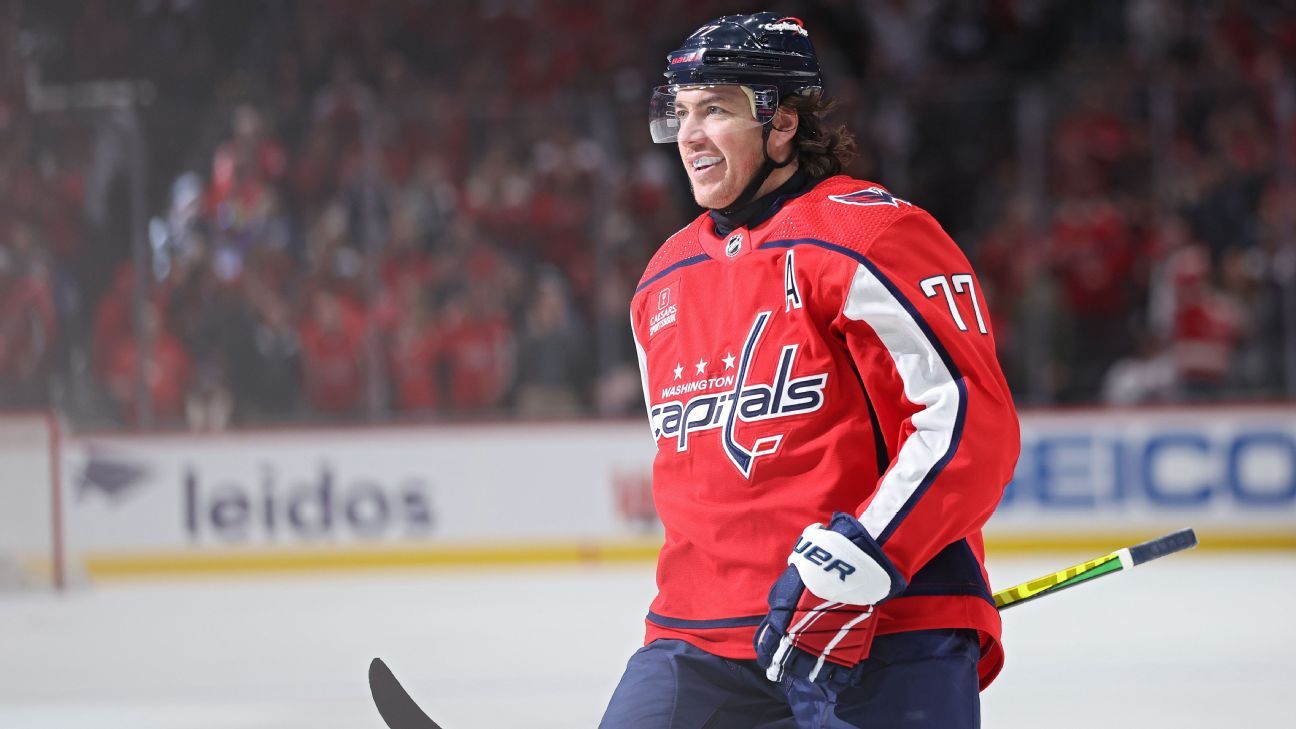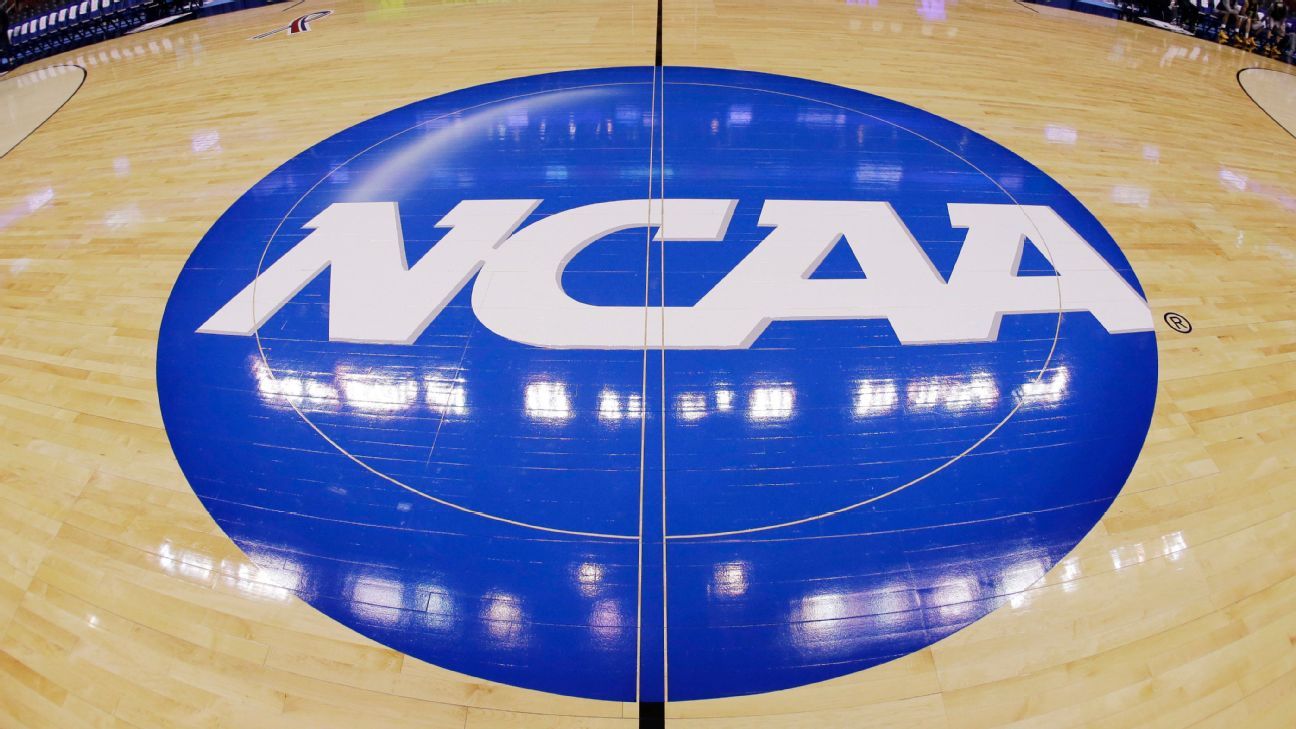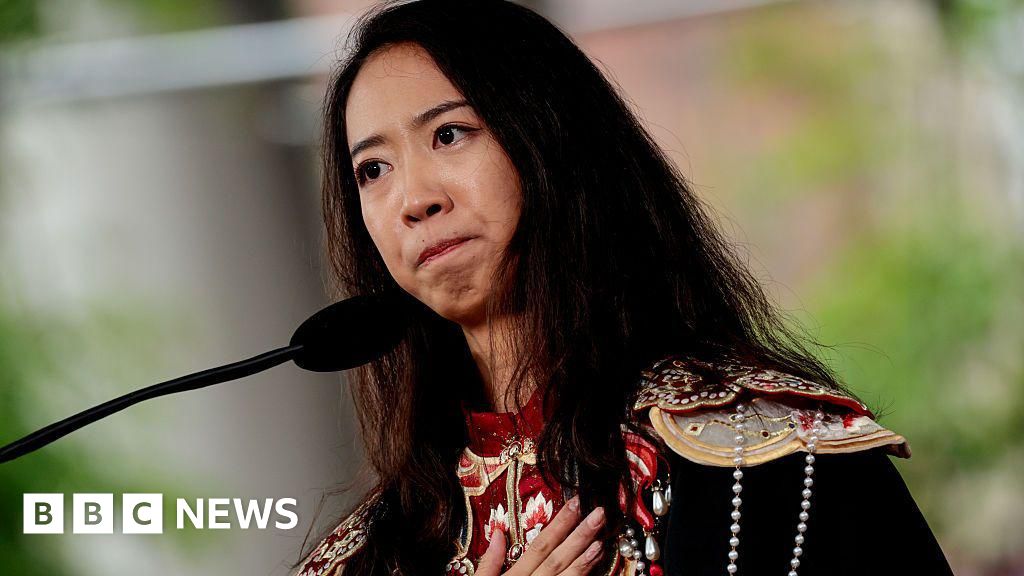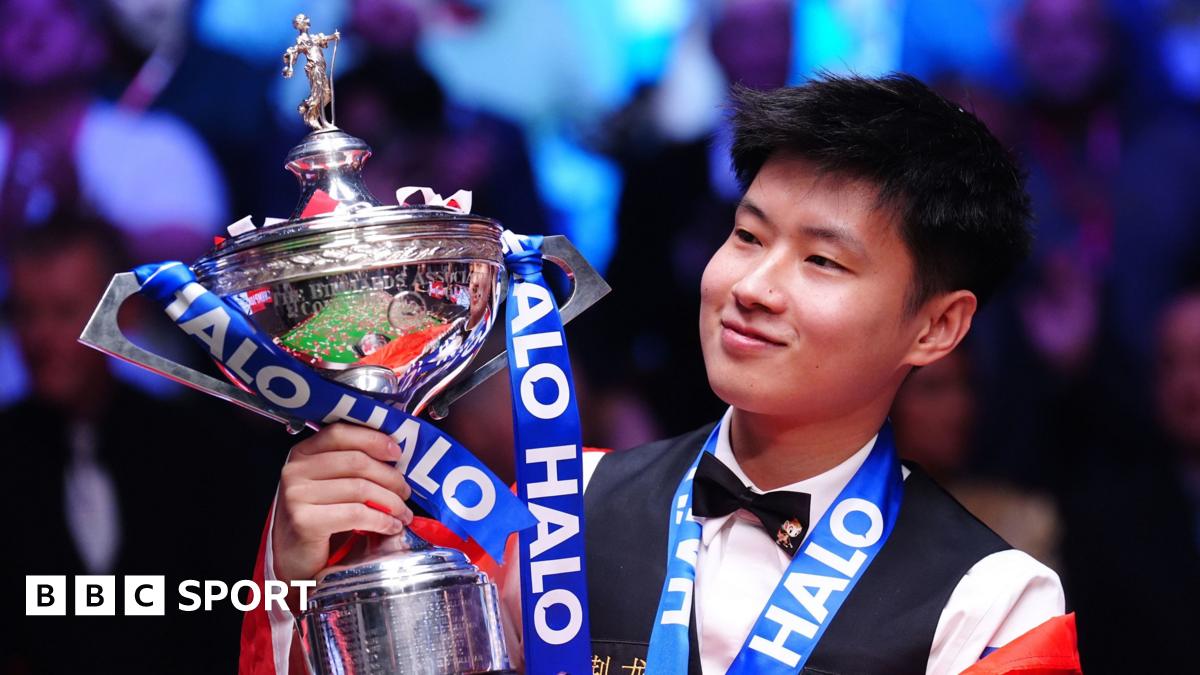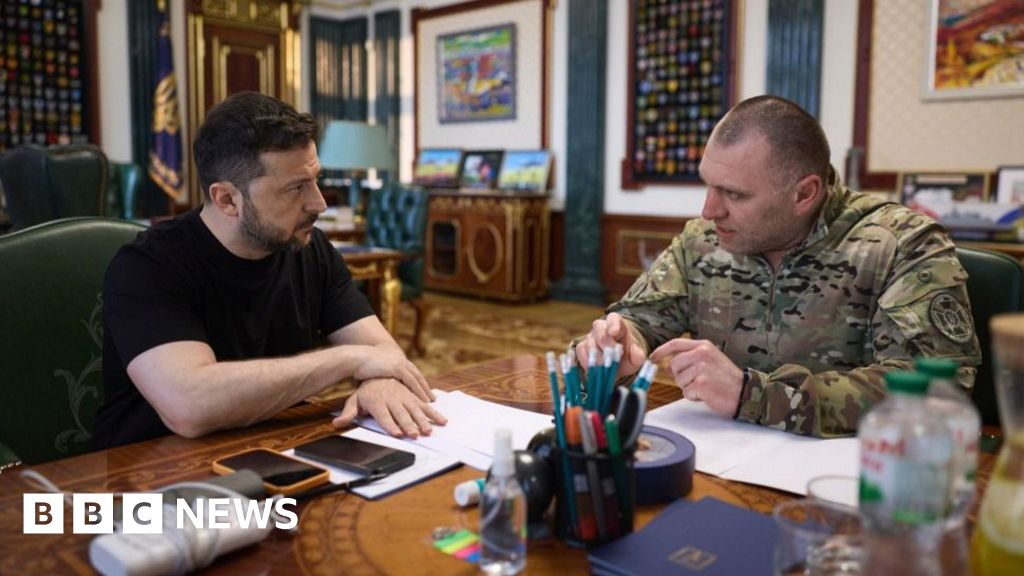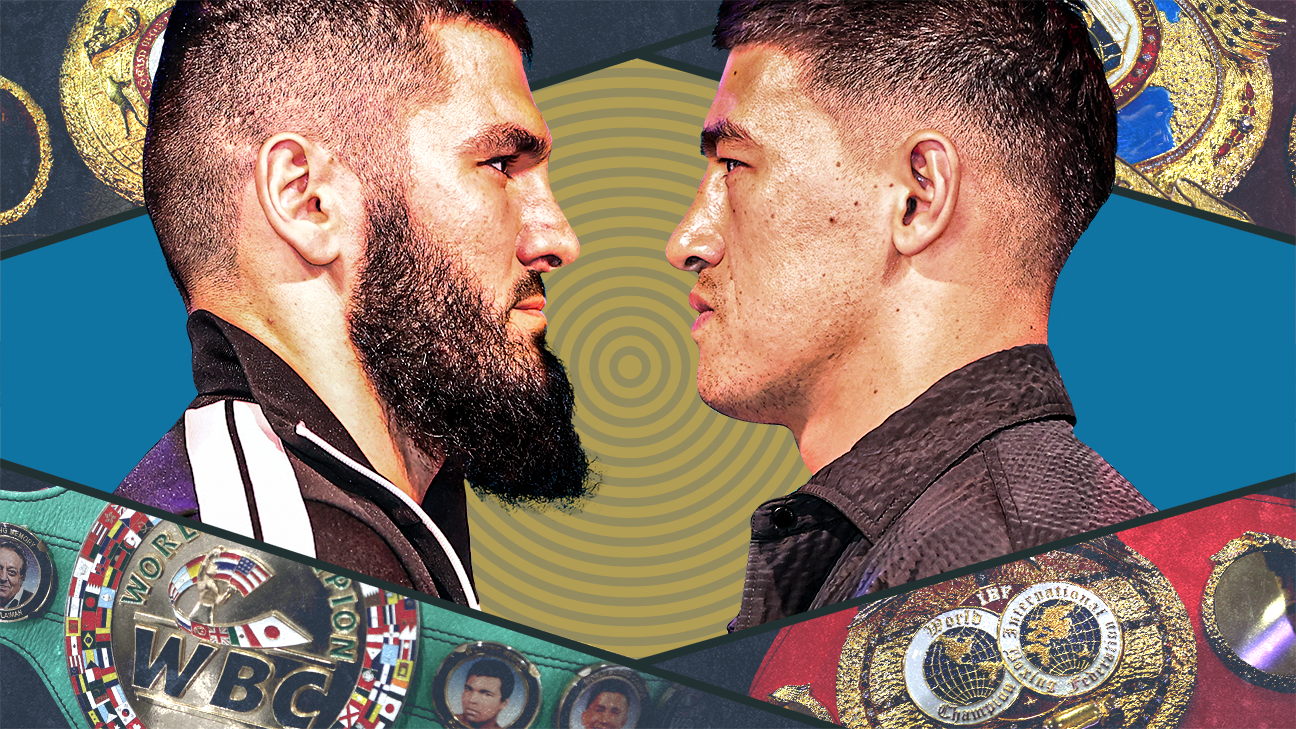
Ryan McGeeApr 1, 2025, 10:00 AM ET
- Senior writer for ESPN The Magazine and ESPN.com
- 2-time Sports Emmy winner
- 2010, 2014 NMPA Writer of the Year
3...
They have to take a shot!
2...
Wait, are they gonna take THAT shot?!
1...
They made that shot! They won! They live! My bracket lives! We're all going to live! Everything is OK with the world after all!
If March Madness is the feel-good force that drags us out of the long, cold winter and into the springtime, one bracket line at a time, then buzzer-beaters are light itself. Rays of basketball sunshine that suddenly cut through the clouds, bringing with them energy, endorphins and euphoria, and all in literal fractions of a second.
In the last month, we've seen Tennessee's Jahmai Mashack knock down a 3-pointer from downtown Tuscaloosa to upset Alabama at the horn on March 1. One week later, Bama's Mark Sears turned around and did the same, but in the lane, against No. 1 Auburn. In the final game of St. John's regular season, Zuby Ejiofor hit a "Wait, I have the ball?!" mini skyhook to beat Marquette. Even in tournament times, we hit plenty more: UC-San Diego's Sumayah Sugapong in the Big West women's tourney. NC Central's Isaac Parson's reverse off the baseline in the MEAC semifinals. Alabama State's count-length hot potato layup in the First Four. And if you are on heart or stress medications, please don't do an internet search for WBIT buzzer-beaters. It's too much.
This NCAA tournament hasn't been rife with buzzer-beaters, but we also haven't been starved: Enter the final day of the men's opening weekend, and Derik Queen of Maryland's "Crab Five." Even with what might have been a "Crab Walk," his zipper-pull glass kiss that eliminated Colorado State was the ideal dash of Old Bay seasoning to make an amazing day that much more delicious.
With seven No. 1 seeds and one No. 2 seed between the men's and women's Final Fours, we're bound for some close games -- and hopefully a late winner or two. So what is the perfect recipe for cooking up a Michelin-star-worthy buzzer-beater?
It's not the gameplay itself. The magic happens all on its own, with an unpredictability that can be very unsettling for control-freak coaches -- particularly in the pressure valve oxygen vacuum that comes with the last-second do-it-or-be-done shots of March.
"The reality is that when you get down to a couple of seconds and you are needing the game winner, or trying to prevent the game winner, it doesn't matter if you are a freshman or an old ball coach, the whole thing is chaos," confesses John Calipari, whose Arkansas team made the Sweet 16 this year. "Your only chance of calming down your huddle is to be able to look at your guys and say, 'This is what we want to do, and don't worry because we've already done this a million times.' You can't control the situation you are in, but you can control what you do. Be in your position. Do your job. That's all we can do."
So, do you even practice all that stuff?
"Of course you do," says Alabama's Nate Oats, who got the Tide to the Elite Eight for the first time since 2004. "Or, really, what you're doing is practicing all the stuff that you can control. So that you don't lose control of yourself. Because that's when you lose control of the moment. And the moment is all that matters."
Coaches wait to spring those faux moments until the last stanzas of long practices, when everyone's legs and brains are spent. That's when they suddenly announce that it's time to rehearse that inbounding, court-length passing and the underappreciated art of catching those passes -- because that's how those legs and brains are going to feel in the final countdown of a close game.
"I think in football and baseball you can prepare more specifically because there are only so many scenarios and situations. Time remaining, field position, balls and strikes ... OK, we're doing this. You go to your spreadsheet and there's the play," said Michigan State's Tom Izzo, chuckling, a few weeks before leading his team into its 16th Sweet 16. "But in basketball, that flowchart is endless. Everyone is in different places. You might be dealing with a clock that has something like three-tenths of a second. Even the spot where you're inbounding, that can be all over the place."
Everyone interviewed for this story talked about strategy, clock management, stress, even good old dumb luck; exactly which element was considered most important in the buzzer-beater cinematic universe varied from person to person. But in the end, they all agreed on the one factor that can bend all of those others into submission.
In the end, you want the ball in the hands of the player who wants the ball.
For Exhibit A, we return to opening weekend, where Queen put it to his Maryland teammates in their final huddle against Colorado State this way: "Give me the motherf---ing ball."
In 2008, Western Kentucky's Ty Rogers drained a 26-foot 3-pointer so far-flung that his heels were nearly out of bounds, and he did it while surrounded by three Drake Bulldogs. How? "I had made that shot so many times," that year's ESPY winner for Best Finish said last year. "Honestly, I was made [to make] that shot. And when the play developed and I knew that's the spot where I would be, it felt like exactly what was supposed to happen. At that point, it's instinct. So, those buzzer-beater plays, they need to end with the right player taking his shot."
Sears, for instance, was the right player in that win at Auburn on March 8, his coach says.
"Mark Sears delivered, plain and simple," Oats says. "He bailed me out because that play design wasn't all that great, to be honest with you. The thing that was great about it was that it was in a pretty good player's hands."
Christian Laettner was the architect of the legendary 1992 dagger that defeated Kentucky in the Elite Eight, still considered by many as the Citizen Kane of buzzer-beaters, ending perhaps the greatest men's tourney game ever played.
"People still say to me, 'I can't believe you put the ball on the floor with 2.1 seconds left and made a fake before turning and shooting," Laettner says. "But I knew exactly what I could do in that amount of time because it had been practiced over and over."
"No offense to the rest of us, but who else did you want taking that shot against Kentucky in '92, just like he took the shot against UConn in 1990, the shot before The Shot? You wanted it to be Christian, simple as that," says Grant Hill, who threw the Tom Brady-like pass to Laettner in the Kentucky game.
— NCAA March Madness (@MarchMadnessMBB) March 24, 2025Laettner, again, points to the preparation. Because, before it was ever attempted by collegian Laettner in an empty Cameron Indoor as a college student, kid Laettner had already sunk his free throw line turnaround swish hundreds of times in the family driveway outside of Buffalo, New York.
"You shoot all day and when Mom calls you in for dinner, what's the last thing you do? You try to hit the game winner as time expires and you're headed inside. You don't know it at the time, but you're building muscle memory. When the time comes, your body just knows how to do it."
(Sidebar about preparation: Hill recalled that Duke had tried that same play earlier in '92 against Wake Forest, when he botched the heave like a duck hook on the golf course and nearly threw it out of bounds with a defender in his face. "Thankfully I fixed that and thankfully Kentucky didn't have anyone in my face," Hill said.)
Sometimes the player who wants the ball isn't the player who was supposed to have it when the team broke the huddle. See: Drew Nicholas of Maryland in the opening round of the 2003 NCAA tournament. The defending champion Terps were trailing UNC-Wilmington by one with five seconds left. Head coach Gary Williams designed a play for Steve Blake, hero of their national title run the year before.
But as the team took the court for the final play, Nicholas told his teammate inbounding, "If Blake isn't open, give me the damn ball!" He was given the damn ball, which he swished from way damn downtown on the run and then kept running right up the damn tunnel and into the second damn round.
Sometimes the player who wants the ball is standing where no one -- including the player -- expected them to be. See: South Carolina's Kamilla Cardoso, the 6-7 paint dominator who saved the Gamecocks' perfect 2024 season in the SEC semifinals with a top of the key bank shot that won the game 74-73. She was totally unguarded. Which made sense, since that was the first and only 3-pointer of her four-year All-America college career. "Coach [Dawn Staley] said shoot it," Cardoso said after, as stunned as the Lady Vols. "So, I just shot it."
KAMILLA. FREAKING. CARDOSO!!! pic.twitter.com/KxV40Osnhe
— South Carolina Women's Basketball (@GamecockWBB) March 9, 2024Of course, sometimes the player who wants the ball is the player who everyone knows wants the ball and everyone assumes will get the ball ... and that is exactly why they won't have the ball. Which is how Tyus Edney ended up on an epic coast-to-coast dash that saved top-ranked UCLA's 1995 season in a second-round matchup with Missouri. Edney was not the Bruins' best player. That was the consensus national player of the year, Ed O'Bannon (yes, the same guy who ushered in the NIL era via his lawsuit) -- a fact made obvious by the Tigers defense had him surrounded.
But Edney was the team's best player in head coach Jim Harrick's favorite practice drill. Harrick would put six seconds on the clock and make each Bruin dribble the length of the court, drive the lane and score, all while being defended one-on-one. Edney took the inbound pass and went coast-to-coast, even going behind the back as he ignored O'Bannon's shouts of "Give me the damn ball!" The 5-10 guard bent his body around the arms of 6-9 Mizzou defender Derek Grimm and into the hoop with a bank and a ride of the rim. Final score: 75-74, UCLA. Three decades later, you can still buy artwork tracing Edney's 4.8 seconds worth of frantic footsteps, suitable for framing.
Sometimes just one buzzer-beater isn't enough for the player who wants the ball. See: Notre Dame's Arike Ogunbowale and her back-to-back Hail Mary tosses in 2018 beating UConn in the women's semifinals and Mississippi State in the title game.
But sometimes the player who ends up with the ball is the one who doesn't want it because every other time they touched it something bad happened. See: NC State's Lorenzo Charles, aka he of the dunk that won the 1983 NCAA title over the heavily favored Houston "Phi Slama Jama" Cougars, aka the greatest buzzer-beater there has ever been or shall ever be.
"'Zo was 1-of-6 from the floor that night, he couldn't buy a basket," recalls the '83 Wolfpack's guard and leader, Dereck Whittenburg. As time wound down in the tied contest, a near-steal by Houston caused Whit, a long-range specialist, to heave a desperation jumper from entirely too far away. It fell short, but also fell into the hands of Charles, left alone beneath the basket when Hakeem Olajuwon was lured out of the lane amid all of the midcourt confusion.
Lorenzo Charles flushed it. The Cardiac Pack won. Jim Valvano looked for someone to hug.
"That's the lesson," Whittenburg reminded earlier this spring, just as the postseason was beginning. "Plan all you want, practice all you want, prepare all you want. Because the buzzer-beater moment is coming and when it does, it just might choose you. We just never know when."












